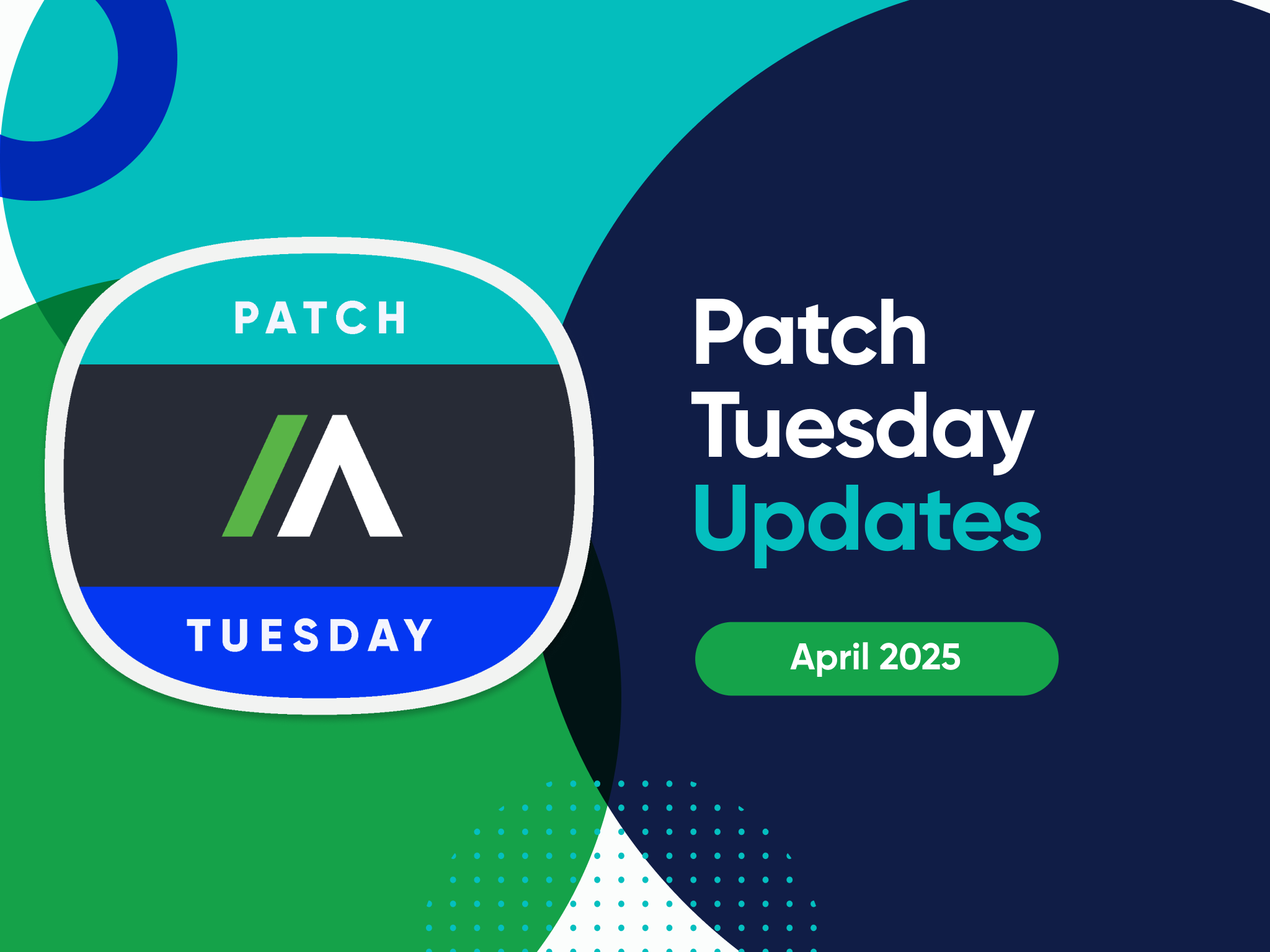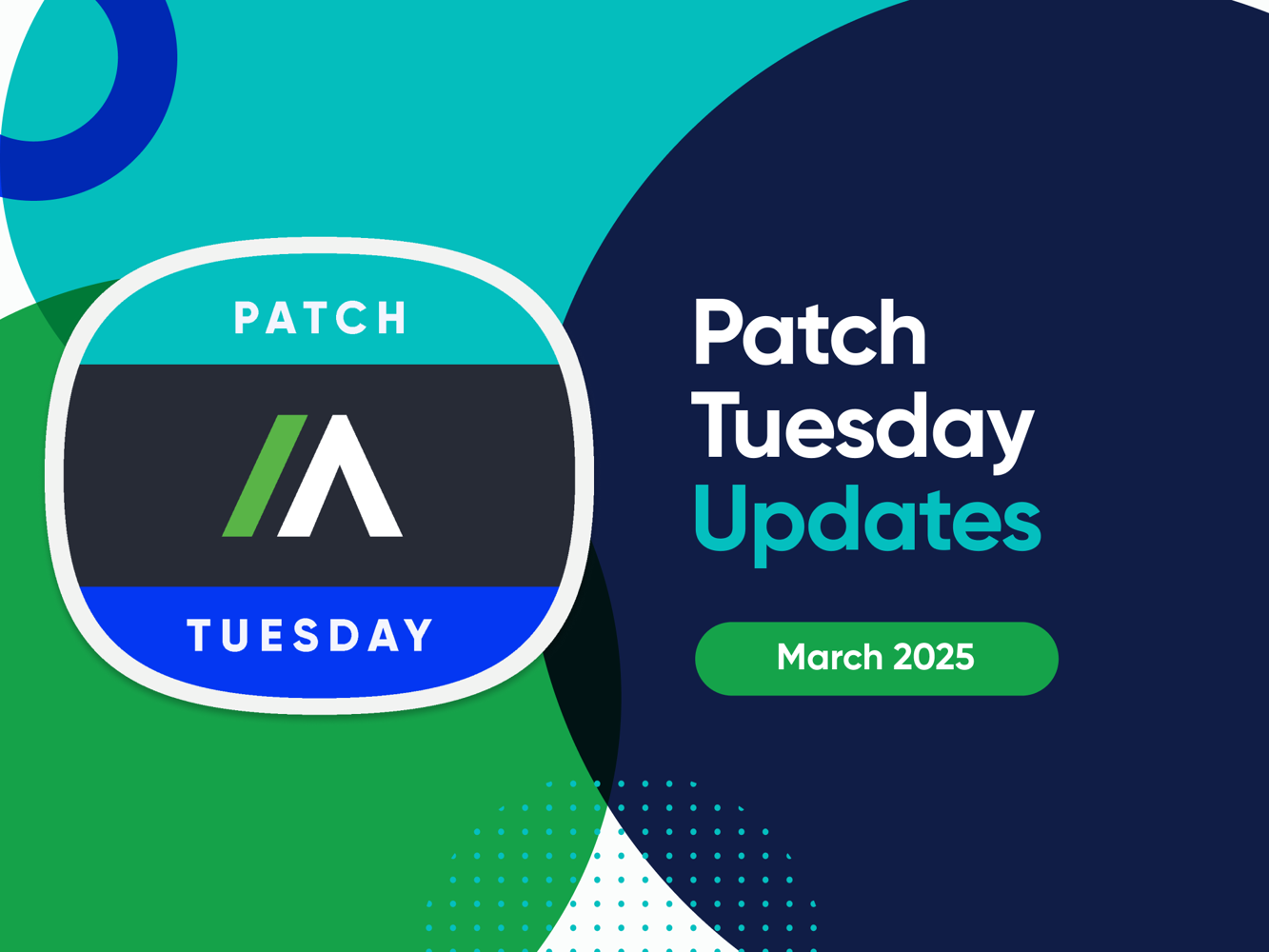Navigating through uncharted waters
We brought together CIOs and IT leaders for our annual ‘CIO/CISO Roundtable on the Thames: Navigating through uncharted waters’. Over 40 CIO/CISOs and IT leaders came together to discuss issues relevant to them currently.
It wouldn’t have been a CIO roundtable without talking about the ever-prevalent topic of Ransomware. The same as malicious software (malware) or a subdivision thereof? For the sake of splitting hairs, as both approaches grant hackers full control of your organisation’s IT systems, let us agree that the endgame of a ransomware attack is that cyber criminals seek a ransom to be paid before relinquishing control of your information/data/files etc.
You’ll know very quickly if you’ve been targeted by a ransomware attack when you wake up to a locked screen or you discover that some or all of your files have been encrypted – the bad guys are usually quick to outline their demands. It is also important to note that such attacks can cripple all of your technology – desktop PCs, tablets and smartphones can all be rendered useless.
Ransomware attacks have become increasingly popular with cyber gangs with many security experts seeing ransomware as one of the fastest-growing forms of cybercrime – the cost to organisations reaching many millions every year. Sometimes the malware approach is more direct, seeking to catch out specific individuals or departments identified as having a high value (in the eyes of the attacker) and in this case is known as spear phishing. Here are some of the other perspectives:
A question of when and not if
A sad statement but nevertheless probably very true. There is a whole host of data pointing to the rise and ubiquity of this type of threat. For example, Ransomware is one of the most significant threats to businesses worldwide. Cybersecurity Ventures predicts that organisations will face a new ransomware attack every two seconds by 2031, up from every 11 seconds in 2021. And Mimecast’s recent ‘The State of Email Security Report’ showed that 3 out of 4 of organisations had been impacted by ransomware and sadly a whopping 40% had failed to recover all of their data.
Perhaps businesses should adopt the kill switch mentality seen in the stock market trading environment – roll back, recover and go again.
Isn’t it just trying to plug holes in a sieve?
Phishing is probably the most common method of delivering ransomware. Users get tricked by a phishing email and they inevitably click on a malicious attachment that contains ransomware and hey presto, all files get encrypted. With human error as the major (some say as high as 90%) cause of cyber attacks, it makes sense to adopt a bottom-up approach with education in mind. If employees are the most vulnerable link in your IT security, then training, especially on an ongoing basis, is a must. Organisations have run malware tests which have personal details included with a 90%+ click/open rate. So which people are most likely to click on suspicious links? There are many companies now offering audits, training and testing that can help you understand all of this – getting people to feel personally responsible goes a long way towards plugging holes.
Security patch management is critical
There is plenty of data to indicate that a high percentage of breaches suffered by organisations were because of unpatched vulnerabilities. Keeping on top of security patches in a timely fashion ensures that you stay one step ahead of hackers – poor patch management is asking for trouble.
What is clear is that Ransomware continues to pose a major threat to organisations globally. What matters is how prepared your organisation is now and how quickly it can respond and recover.
If you would like more information on how Absolute Ransomware Response can help, get in touch with us today.





